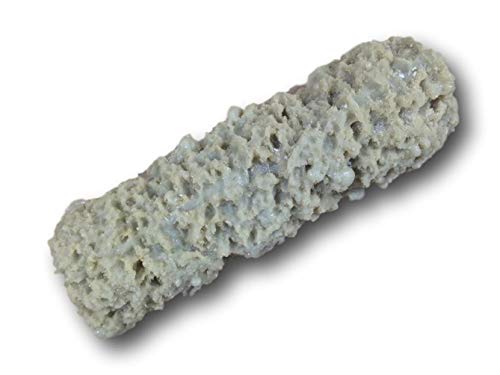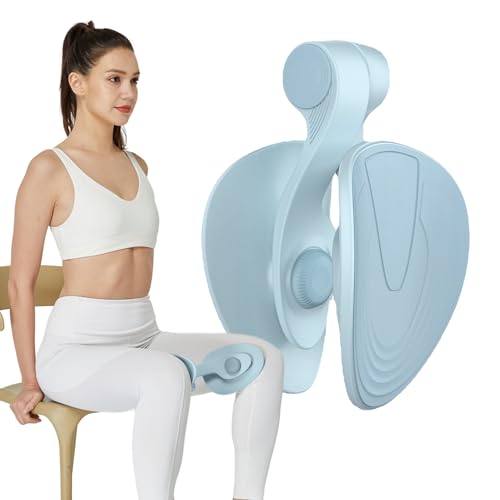Meh - I cooked that prime rib JUST like the butcher shop said to, and it came out far too rare - I ended up finishing both my piece and my guest's in the microwave. That was $85 I could have spent on filet mignon instead.
So, I found this website
http://www.nutraplanet.com/products/alri/humapro.html, and it's so full of bullshit I don't even know where to start:
The Protein
We nanosized certain EAA's so all 8 EAA's pass through the GI and into the body at the same rate to assure that all 8 EAA's are present at the protein receptors at the same time.
Nanosized?? WTF does that mean?? They are amino acids - very small molecules already. They are the minimal unit - there's no such thing as "nanosizing" the smalest unit. Protein receptors?? WTF does that mean? There are
amino acid receptors - but if they knew WTF they were talking about, they would know that - see, e.g.
http://jonbarron.org/article/physiology-small-intestine-part-2#.VOaurvnF98E:
Proteins
After digestion, the proteins consumed in our food have been broken down into single amino acids, dipeptides, and tripeptides. These protein "pieces" are actively transported across the duodenum and jejunum. In fact, the mechanism by which amino acids are absorbed is virtually identical to that of monosaccharides, but takes place in different receptor sites. Amino acids are transported by sodium through nutrient gateways built into the cell walls of enterocytes. Dipeptides and tripeptides, on the other hand, are transported in a similar manner, but with hydrogen, not sodium, as the transporter. Again, since we're talking about active transport involving the use of ATP, varying amounts of energy are required in the absorption of proteins.
It should be noted that as with carbohydrates, the transporter receptor sites are specific to amino acids and specific to different types of amino acids. In fact, there are several sodium-dependent amino acid transporters -- including one each for acidic, basic, and neutral amino acids. Once again, these transporters bind their specific amino acids only after binding sodium. The fully loaded transporter then dumps sodium and the amino acid into the cell's cytoplasm, followed by its reorientation back to its outward facing position.
So, what they wrote is BS. Next:
HumaPro® starts with a specific vegetable origin 8 essential amino acid (EAAs) formulation that takes into account the exact HUMAN enzymic conversion of, and utilization rates for, all amino acids the body needs for optimal health.
The whole point of EAAs is that there are amino acids we can't synthesize. However - there are NINE that are essential, not 8:
http://en.wikipedia.org/wiki/Essential_amino_acid
And:
The human body makes literally thousands of amino acids from the 8 EAAs so they must be in the right ratios for the right conversion rates.
Say what?? The human body makes thousands of PROTEINS from NINE essential amino acids PLUS the 11 non-essential ones (the ones the body can make from breaking down other molecules and synthesizing the amino acids in the right proportions.
So, what else are we supposed to believe that they are saying?












































